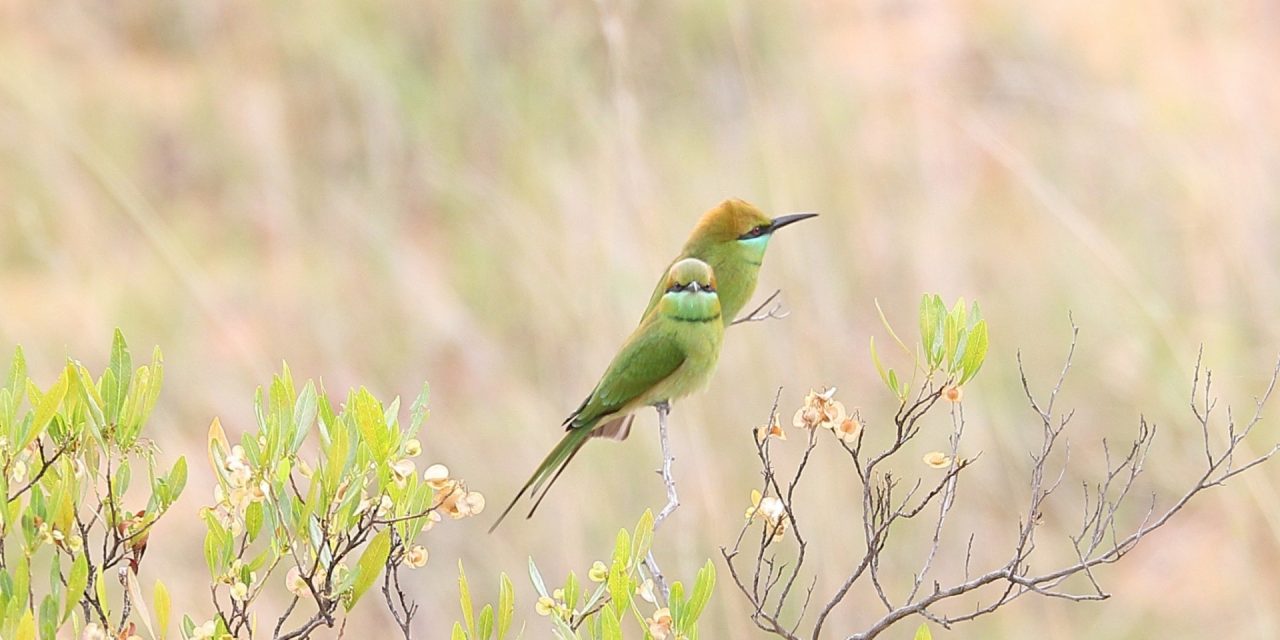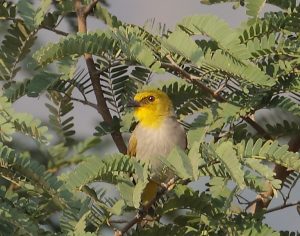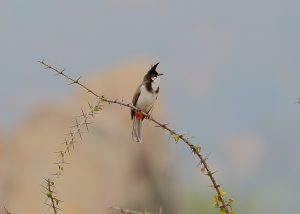Anant Deshwal, a doctoral candidate in Department of Biological Sciences, is conducting field research on the ecology of bird communities in the Eastern Ghats, a discontinuous range of mountains on India’s east coast. He studies 15 closely related bird species to see how they coexist.
“The flora and fauna of Eastern Ghats has been under tremendous human pressure,” he said. “The Eastern Ghats, despite being among the oldest geological structures and being listed as one of the nine floristic zones in India, have largely been neglected by the scientific community and conservation biologists. This is the primary reason why I chose the scrublands of Chittoor district in the state of Andhra Pradesh as my current study site.”
Thorny hill scrub forests may lack the charisma of rain forests, he said, but they are just as important ecologically. Bird species such as the highly restricted yellow-throated bulbul and the critically endangered Jerdon’s courser are endemic to this type of habitat.
“The destruction of these forests would mean extinction for these species and local extinction for various other birds, reptiles and other organisms that depend upon these forests for their survival,” he said.
The colorful birds he is studying are three species of bulbuls, four species of babblers, the green bee-eater, the Indian robin, the laughing dove, two species of sunbirds, two species of prinia, and a reed warbler – a migratory species that arrives from the Himalayas in October and is gone by mid-April.
Before dawn breaks Anant heads out to mark exact locations of foraging birds. He collects data on vegetation factors from a circular plot around the marked spot. He’s trying to see the forest through eyes of a bird and see what it prefers.
“I’m still processing my data but patterns seem to emerge showing preferences of the various bird communities,” he said. “Also, just observing these birds every day gives me fascinating insights into their unique personality and behavior.”
His research also involves the consideration of various human-related stress factors affecting these forests. There are many villages in these forests and, because of recurring droughts, most of the villagers have been forced to leave their existing agriculture lands fallow. They aren’t able to afford cooking fuel, making them dependent on these forests for firewood and other forest products. Goat and sheep are taken in thousands each day to these forests for rampant grazing, which jeopardizes the habitat and puts them in direct competition with scrubland birds for resources such as fruits and water which are already scarce in this drought-ridden land.
“Through this study I plan to come out with guidelines for effective conservation practices and be able to protect endemic species such as yellow-throated bulbul and other scrubland birds in the face of increasing threat from climate change and anthropogenic stress factors,” he said.
Anant is attending the U of A on a Doctoral Academy Fellowship. His dissertation adviser is Doug James, University Professor emeritus of biological sciences who has extensively studied scrubland birds on three continents.









You must be logged in to post a comment.